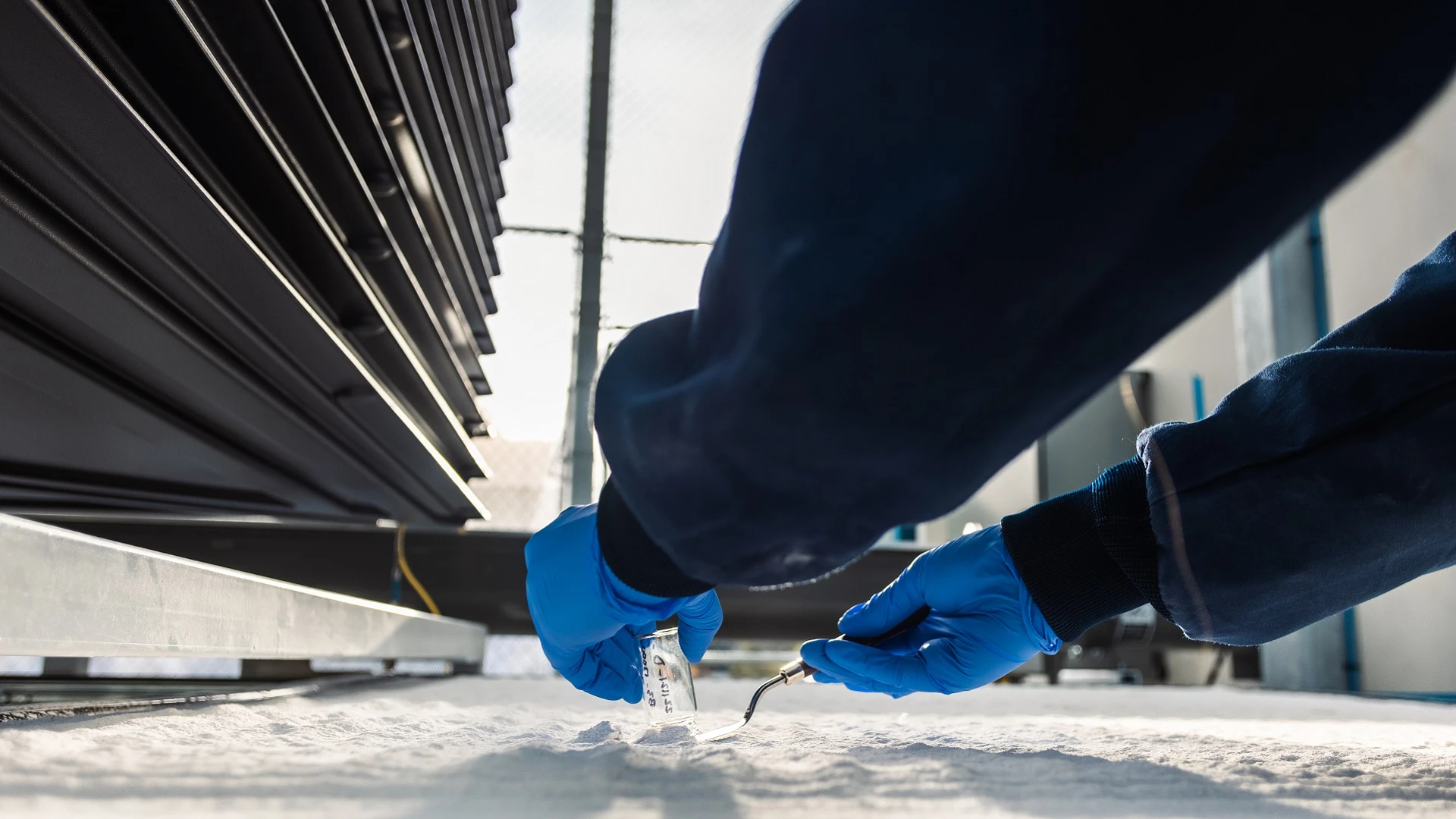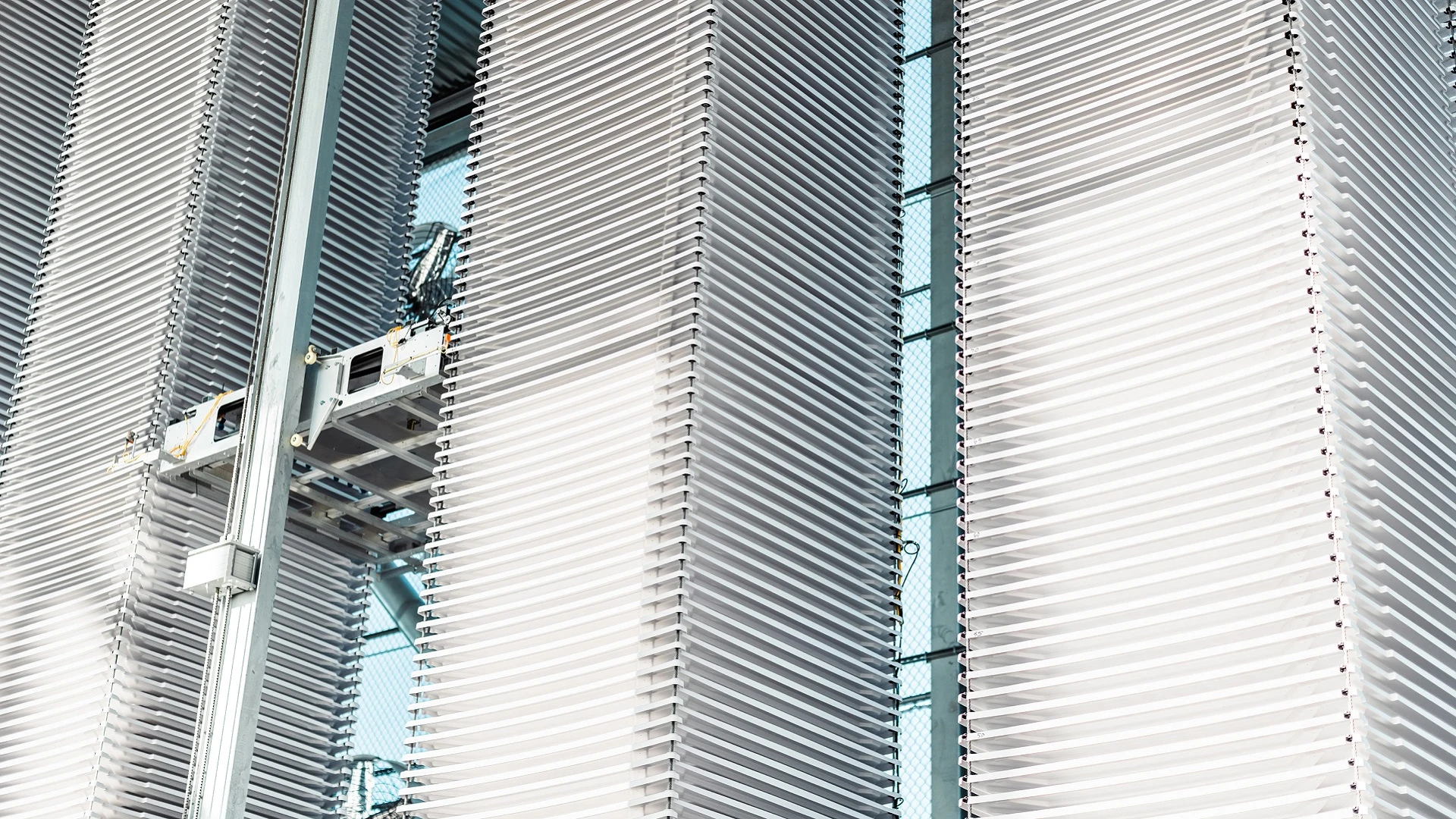& Construction

Integrated BIM tools, including Revit, AutoCAD, and Civil 3D
& Manufacturing

Professional CAD/CAM tools built on Inventor and AutoCAD
Floods, extreme heat waves, cold snaps, droughts, wildfires, blizzards, tornadoes, hurricanes, and tsunamis have threatened human health and survival for millennia. But due to climate change, severe weather has become more frequent and deadly; the World Health Organization (WHO) calls climate change “the single biggest health threat facing humanity.” The WHO predicts climate change will cause approximately 250,000 additional yearly deaths from malnutrition, malaria, diarrhea, and heat stress—mostly in low-income and disadvantaged communities, between the years 2030 and 2050.
According to the Intergovernmental Panel on Climate Change (IPCC), limiting global warming to 1.5 degrees Celsius above preindustrial levels may help prevent those deaths. Currently, the world is barreling toward global warming of 3 degrees Celsius; reducing carbon emissions is absolutely critical but is not enough alone to change the course—historic carbon emissions must also be removed from the atmosphere. The IPCC estimates that humans must remove as much as six to 10 gigatons of carbon dioxide annually through 2050.
From tree planting to carbon capture and storage, there are many ways to approach CO2 removal. Carbon removal start-up Heirloom has developed a promising solution: low-cost direct air capture (DAC) technology that permanently removes CO2 from the atmosphere by harnessing the natural properties of limestone.
Heirloom’s technology combines a natural process known as carbon mineralization, through which minerals quickly absorb CO2 from the ambient air around them, with the measurability and scalability of direct air capture. Heirloom’s mineral of choice is calcium carbonate (CaCO3), or limestone—one of the most abundant compounds on Earth.
“Limestone is made up of calcium oxide and CO2,” says Heirloom Head of Commercialization Max Scholten. “When CO2 is removed from the limestone, it becomes lime, or calcium oxide, which wants to return to its natural limestone state. Lime is ‘thirsty’ for CO2 and acts like a sponge, pulling CO2 from the atmosphere. Heirloom’s technology accelerates this natural process, reducing the time it takes to absorb CO2 from years to just three days.”
Underpinning Heirloom’s solution is a scientific process called thermal regeneration. At its prototype DAC facility in Brisbane, CA—which is modular to allow for easy replication via mass production—Heirloom uses renewable energy to heat limestone mineral powder in electric kilns. When that happens, CaCO3 separates into two distinct by-products, the first of which is CO2, which Heirloom captures and stores.
In some cases, the captured carbon is stored safely underground in Class VI wells permitted by the US Environmental Protection Agency (EPA). In other cases, it’s dissolved in water combined with other natural substances in ways that permanently sequester it. Icelandic company Carbfix, for example, injects carbonated water into the ground, where it reacts with subterranean basaltic rocks and eventually turns into stone. Another company, concrete manufacturer CarbonCure, uses carbonated water to make fresh concrete.
“All of these storage pathways play a role in CO2 removal at climate-meaningful scale,” Scholten says, adding that Heirloom’s partnership with CarbonCure is especially promising. “The CO2 Heirloom has removed to date has been durably stored in concrete and used in infrastructure projects across the Bay Area. As the world’s most-utilized building material, concrete provides an important repository for permanent CO2 storage. Given the magnitude of the climate crisis and the ambitiousness of California’s climate goals, we need to begin permanent sequestering CO2 and concrete is a solution that is available today.”
The second by-product of Heirloom’s thermal regeneration process is calcium oxide (CaO), which is hydrated with water and exposed to the atmosphere to absorb more CO2. At this point, it becomes CaCO3 again. The re-created limestone is then added to the kiln, restarting the cycle.
Because it remains chemically unchanged, Heirloom can eventually upcycle surplus limestone as feedstock for paper, water treatment, or agriculture.
According to Scholten, Heirloom aims to use this process to remove 1 billion tons of CO2 from the atmosphere annually by 2035. That’s equivalent to 20% of total CO2 emissions in the United States today and 10% to 20% of what experts have deemed necessary by 2035.
To achieve its objectives, the company needs to be able to remove CO2 from the atmosphere for less than $100 per ton. That begins with operational efficiency, which it accomplishes with the help of Autodesk AutoCAD software—in particular, the AutoCAD Electrical toolset, specialized to the electrical industry, which contains design features for creating, modifying, and documenting electrical control systems.
Scholten says the Electrical toolset has been essential to designing electrical panels integrated with control systems. “Without it, we would not be able to build, test, and run the equipment that we use as part of our atmospheric carbon dioxide capture process,” he says.
What Heirloom needs even more than efficient operations, however, is scale. The efficiency will increase when many facilities are established to remove atmospheric CO2 on behalf of its customers.
“In accordance with Wright’s Law, our modular facilities will become significantly cheaper the more they are deployed—just as we’ve seen with other modular technologies like solar and lithium-ion batteries,” Scholten says. “We’ve seen great initial traction … but we need hundreds of customers to grow the market for durable carbon removal. Long-term offtake contracts are at the core of this process of scale, and buyers who commit to multi-decade purchases will massively accelerate the technology’s progress.”
The company is well on its way: In September 2023, it announced a long-term contract with Microsoft, which has agreed to purchase up to 315,000 metric tons of CO2 removal over 10-plus years from Heirloom.
According to Scholten, it’s one of the largest CO2 removal deals to date. “Our recent agreement with Microsoft will enable Heirloom to unlock catalytic project finance dollars to build future DAC facilities, not unlike power purchase agreements that propelled the development of wind and solar projects,” he says.
Matt Alderton is a Chicago-based freelance writer specializing in business, design, food, travel, and technology. A graduate of Northwestern University's Medill School of Journalism, his past subjects have included everything from Beanie Babies and mega bridges to robots and chicken sandwiches. He may be reached via his website, MattAlderton.com.
AECO
AECO
PD&M







